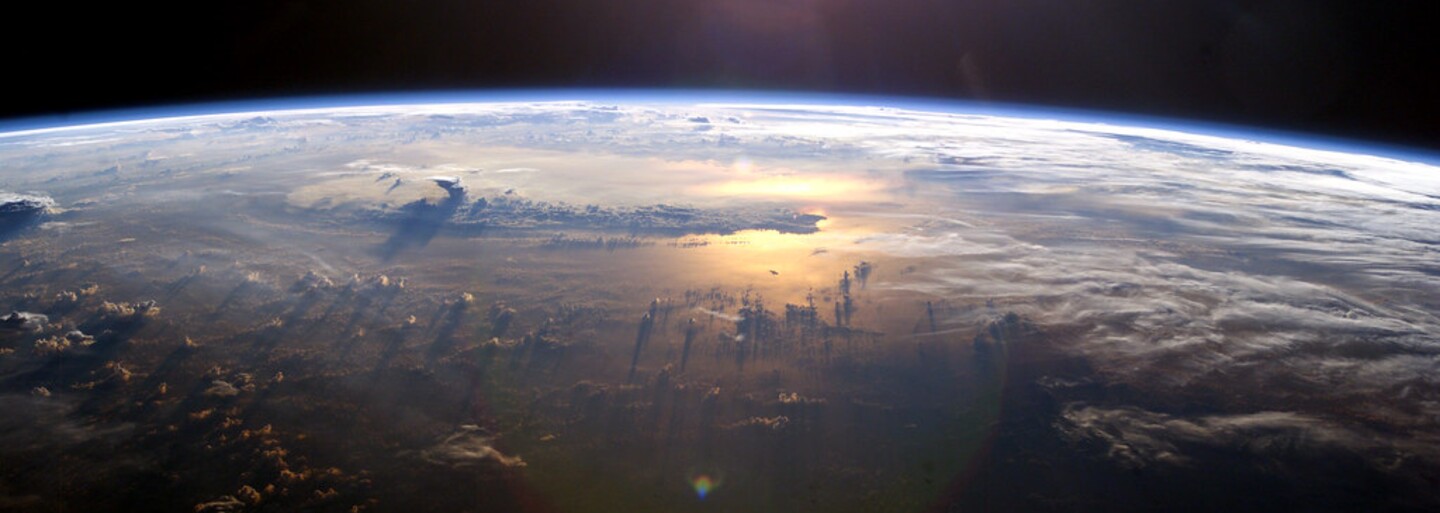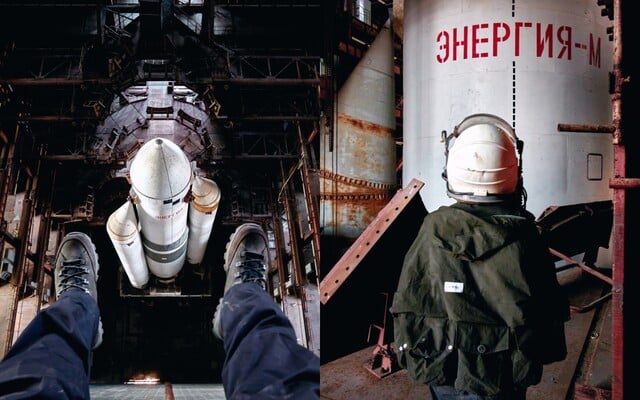 6 Interesting Facts About The COP27 Climate Conference. Largest Number Of Lobbyists In History And The Absence Of World Leaders
6 Interesting Facts About The COP27 Climate Conference. Largest Number Of Lobbyists In History And The Absence Of World Leaders
6 Interesting Facts About The COP27 Climate Conference. Largest Number Of Lobbyists In History And The Absence Of World Leaders
6 Interesting Facts About The COP27 Climate Conference. Largest Number Of Lobbyists In History And The Absence Of World Leaders
What Will Earth Look Like In 250 Million Years? Here Are the Most Likely Scenarios
Scientists offer predictions for what the world will look like in the future.
If problems persis, please contact administrator.

We have been trying to capture the world on the map as faithfully as possible for hundreds of years. We tried to understand how the blue planet developed and changed, not only in terms of its inhabitants and the environment, but also in terms of the continents themselves. It is known that the current continents were preceded by the supercontinent Pangea. Before that, it was divided into the continents of Pannotia, Rodinia, Columbia / Nuna, Kenorland and Ur.
According to geologists, the individual parts of the world are in constant motion and will reunite at some point in the future. According to a study published in the scientific journal Nature, we are about halfway to a new supercontinent. And what will the new layout of the world look like?
One of the scenarios is the emergence of a supercontinent called Aurica. With Aurica, geologists anticipate the possible closure of the Atlantic and Pacific Oceans, which could occur in the extraordinary circumstances of, for example, really strong earthquakes. Due to a change in the distribution of the oceans and atmosphere, scientists estimate that the earth would warm up by about 3 ° C.
With second scenario, things would remain in more or less unchanged form, the Pacific Ocean would be closed, while the Atlantic would remain open, creating a continent called Novopangea. If the movement of the continents changed significantly, the supercontinent Amasia would be created. It would face north and the two largest oceans would remain open. Only Antarctica, by itself, would remain in the southern hemisphere.
The last possible scenario is the creation of the Pangea Ultima, supercontinent, which would then represent a continent similar to Aurica or Novopangee, but with a body of water, in the middle of the supercontinent.
Climate is difficult to predict
According to João C. Duarte, it is difficult use the current climate models, to talk about what Earth's climate will look like in the future. The new grouping of our planet is one big unknown, and from the point of view of space, its appearance will be very different from the current Earth
"But we have models of historical climate development. In fact, we have only one model: the Earth across time periods," said Michal Way, author of one of the above studies, to the BBC. "We have examples from the past, and these basic models help us describe the future climate," comments Way. Based on this, it can be assumed that Amasia will lead to a colder climate, while Aurica will lead to a warmer climate.
But as for the continental drift itself, it is difficult to predict what the Earth will look like exactly, at the end of the supercontinent's creation - about 250 million years from now. None of the scientists would be surprised if a completely different scenario ended up coming true.
If problems persis, please contact administrator.












